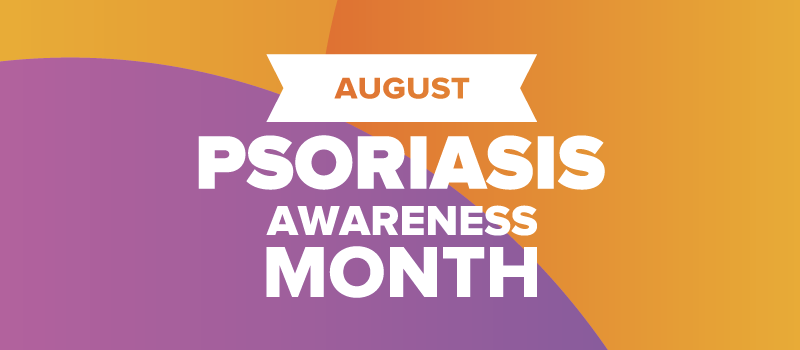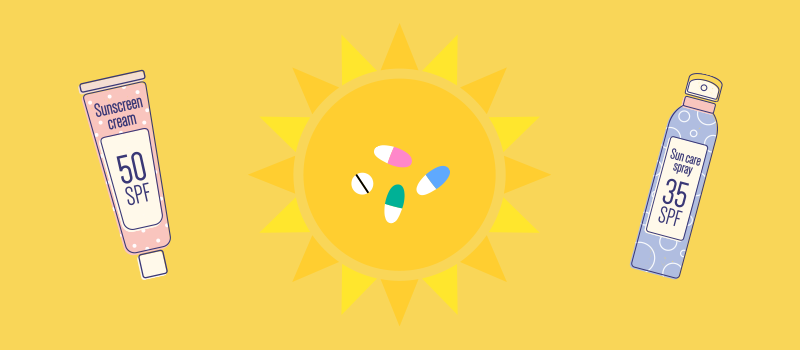What’s the Buzz
The Bee Healthy Blog
Can Botox Really Help Migraines and TMJ?

Most people think of Botox® injections as a beauty treatment performed to reduce fine lines and wrinkles in the face. While this is its most well-known use, Botox is also used to treat over 20 different medical conditions, including hyperhidrosis (excessive sweating), overactive bladder, lazy eye, and cervical dystonia (neck spasms). Today, we’re talking about two conditions in particular. Please continue reading to learn if Botox can effectively treat temporomandibular joint disorders (TMJ disorders) and chronic migraine headaches.
What are TMJ disorders?
The temporomandibular joint (TMJ) is a hinge joint that connects the jawbone to the skull. There is one TMJ on each side of the jaw. This joint allows you to speak and chew. A TMJ disorder or temporomandibular disorder (TMD) is a condition in which there is a pain in the jaw joint and muscles surrounding it. This can be an aching or sharp pain in the face. TMJ disorders can occur due to various reasons, such as jaw injury, arthritis, severe stress, and genetics.
Some people who have jaw pain also have jaw tension and bruxism (teeth grinding or clenching). Other symptoms can include soreness in the cheeks and jaw, facial swelling, clicking noises when opening or closing the mouth, ringing in the ears, neck and shoulder pain, and migraine headaches.
TMJ pain can usually be relieved with conservative self-care and alternative treatments, although some people need surgical treatment for reducing pain.
What is Botox?
Botox is the brand name for a toxin called Botulinum toxin type A. This is a toxin produced by bacteria that cause a type of food poisoning called botulism. In very small doses, botulinum toxin can temporarily prevent a muscle from moving. That’s why when Botox is injected into facial muscles it reduces the appearance of dynamic wrinkles, which are caused by repeated muscle contraction. Other products that also include botulinum toxin are Dysport, Myobloc, and Xeomin.
Can Botox injections help TMJ pain?
Studies have shown that botulinum toxin injections (Botox) for TMJ can effectively reduce pain, relieve jaw tension, and increase mouth movements in up to 90% of patients. Botox treatments can also help with other symptoms of TMJ, such as headaches, anxiety, and insomnia.
As noted, botulinum toxin works by temporarily stopping muscles from contracting. Botox for TMJ is usually offered by experts in neuromuscular dentistry. It is recommended that this procedure be used in combination with complementary treatment options such as physical therapy and night guards to prevent jaw clenching and teeth grinding.
How long does TMJ Botox last?
Botox for TMJ is placed at various injection sites in the jaw muscles, forehead, and temple. On average, the effects of Botox last for 3-4 months. After a few months, the results wear off, and you need repeat Botox injections for continued relief of TMJ symptoms.
Is Botox for TMJ covered by insurance?
Botox was first approved by the FDA in 1989 for the treatment of blepharospasm (uncontrolled blinking or twitching of the eye muscles). It has been FDA-approved to treat frown lines in the forehead and crow’s feet near the eyes for over a decade now. However, botulinum toxin injections are currently not FDA-approved to treat TMJ disorder. For this reason, it is unlikely that insurance will cover TMJ treatment with Botox.
What are the side effects of Botox for TMJ?
Side effects of Botox injection may include pain, redness, bruising, and muscle weakness. These usually resolve within a week of the treatment session and can be helped by using a cold pack.
TMJ treatment with Botox can also cause side effects such as headache, nausea, and flu-like symptoms. In addition, the botulinum toxin injections may cause temporary drooping of the eyelid or a fixed or lopsided smile for a few weeks due to the paralyzing effect of the neurotoxin protein. To prevent Botox from migrating to other areas, you should avoid rubbing the injection sites and remain upright for 4-6 hours after the procedure.
When performed by a licensed and experienced provider, Botox injections are safe for the most part. Most patients can return to normal activities immediately without complications.
Do migraine headaches respond to Botox?
The FDA approved Botox treatment for chronic migraines in 2010 in people 18 years and older. Chronic migraines are defined as a headache on 15 or more days of the month. Botox is not recommended for people who have fewer than 15 headaches a month.
Many patients get pain relief and report success with Botox injections for migraine. People with more frequent headaches tend to find relief to a greater degree with Botox. This treatment may also be effective in treating tension headaches.
Botox works for chronic migraines by blocking the release of chemicals that are involved in pain transmission at the nerve endings. However, it can take 2-3 treatments to feel pain relief. In the meantime, patients can continue on their regular migraine relief medications without the risk of drug interactions.
Botox can help prevent migraine headaches before they start. The benefit of the treatment increases with additional treatment cycles. The effects linked to each treatment last for 10-12 weeks. Many patients report that just two Botox treatments reduced headache days by approximately half.
What to expect during Botox treatment for chronic migraines?
A Botox appointment lasts 20-30 minutes. Your doctor will use a very fine needle to perform the Botox injections. The discomfort from the injections is like a pinprick. The FDA-recommended dose is 155 units of Botox injected in over 30 key areas of the head and neck.
Is a Botox treatment plan for migraine covered by insurance?
Botox is an FDA-approved treatment for chronic migraine and is covered by most health insurance plans, including Medicare and Medicaid. However, insurance companies generally approve Botox treatment for chronic migraine after a patient has tried at least two other preventative treatments and failed to respond. The out-of-pocket expense of each Botox treatment for migraine is around $300 to $600.
References












SOCIAL